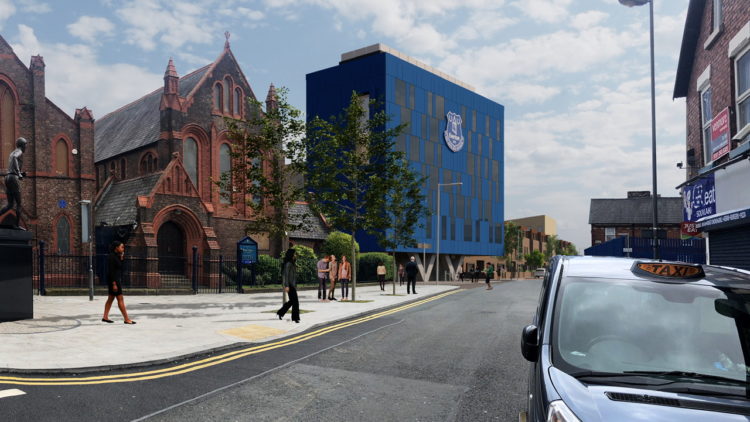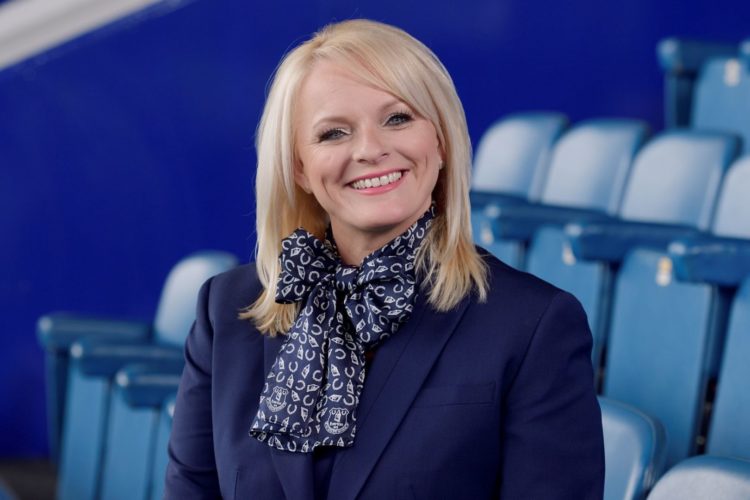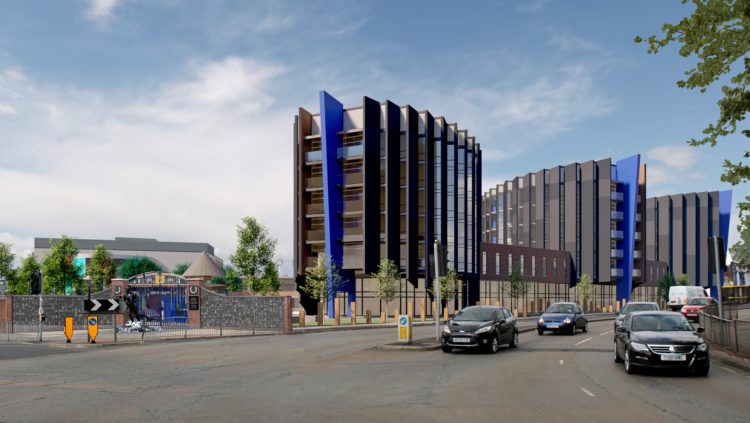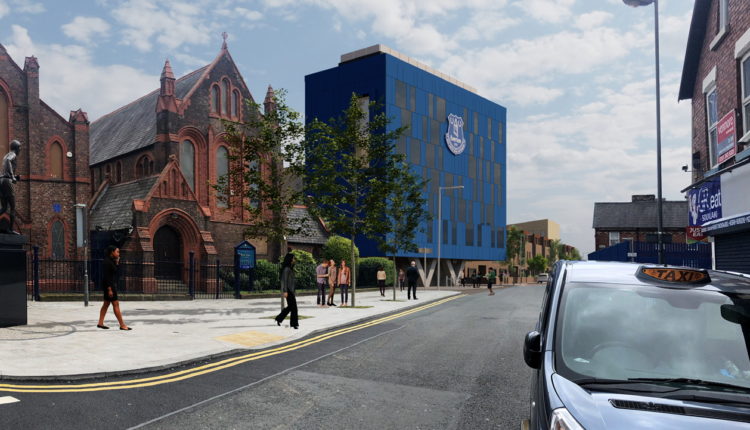If Everton FC gets the go-head to build a new £500m stadium in Liverpool docklands next week it will leave its Goodison Park home – and community leaders are backing the club’s plans for a legacy project in L4

Community leaders around Everton Football Club’s current Goodison Park home are backing plans for a legacy project to replace the stadium when the Blues move to their new arena.
On Tuesday, February 23, councillors on Liverpool’s planning committee will decide whether or not to give the go-ahead for a new £500m stadium for the club in Liverpool’s docklands. Planning officers are recommending approval.
At the same meeting, they will also decide on an outline plan for a legacy project in the Walton L4 area of Liverpool where Goodison Park is located. It includes affordable housing, a multi-purpose health centre, community-led retail spaces, a youth enterprise zone, office and business facilities and green space.
Everton’s public consultation on the new stadium gathered a huge amount of public support and now he L4 community is also reacting in a positive way to the legacy project. Some have called it “life-changing”, “life-saving” and “critical” to the future of the area.
A range of influential voices from across the north Liverpool community have spoken about the long-term benefits they see for the area as a result of Everton’s plans. The club’s charitable arm, Everton in the Community, will play a key role in the project.
If councillors give the go-head for the legacy project, the club will have three years to get it off the ground. However, LBN understands Everton is keen to waste little time in turning the vision into reality.
Everton chief executive Denise Barrett-Baxendale has said that the project at Goodison Park “is as ambitious as our new stadium development” in its reach and vision. The club has been engaging local residents, businesses and other stakeholders in understanding what facilities could be developed on the Goodison Park site.

Its proposals would complement the growing community campus in the shadows of Goodison Park and the £10m investment already made by the club to convert derelict buildings intro thriving community assets. This includes the Everton Free School and Football College, The People’s Hub, the Blue Base and the soon-to-be built mental health drop-in centre The People’s Place.
St Luke’s Church is home to the Everton memorial garden and is a well-known stop for supporters before the match, as they visit The Everton Heritage Society and enjoy ‘Teas for Fans’.
Everton stepped in with a team of volunteers when St Luke’s were unable to continue to staff ‘Teas for Fans’, and the club also contributed to electrical repairs to ensure the space could still be used.
Rev Frank Cain, vicar at St Luke the Evangelist Church, highlighted the “warm” relationship between the church and Everton, which he would like to see continue after the stadium move as his parishioners and Everton in the Community share common goals to serve the area.
Rev Cain praises the “sensitivity” of the club in developing its “ambitious” legacy plans, and for its objectives of tacking inequality and poverty.
Dave Kelly, who co-founded Fans Supporting Foodbanks is confident that the club’s link to L4 and the fans’ involvement with Fans Supporting Foodbanks will remain strong. He said: “I think the whole project down at Bramley-Moore and within L4, I don’t see as a move or with it being two separate entities”.
Simon Huthwaite, operations manager at St Andrew’s Community Network, says that while the stadium will be missed, “there is a great opportunity for a lot of positivity to come out of the stadium move”.
He adds: “There may be new opportunities for a collection of food, and I think there is an element of education in there. We do a lot of money education, and I think there’s definite opportunities to work together closely in that space going forward.”
Ryan Hardy, youth development worker at Positive Futures, says that over the last two years, Everton in the Community and Positive Futures have become close companions – and he has high hopes for what the two can do together as part of the Goodison Legacy.
He says that while some of the young people he works with expressed worry at the stadium moving, having seen the plans, “I think all the worries and fears that they have about the club moving will go because they can see what’s going to be left.”
Stephen Power is elder/church leader at Spellow Lane Evangelical Church and is also a Chaplain for Everton Free School. Everton in the Community have supported Spellow Lane Church’s groups with craft activities and meeting spaces, and the church has even hosted some services at The People’s Hub.
Stephen says that while there may be an initial short-term economic impact in L4 during the redevelopment period, there is “the potential and possibilities for the area to grow, to grow economically, to grow with an educational programme, to grow with relationships…and to grow by encouraging people from outside the area to come into the area”.

Bradleigh Jones, head of memberships, PR and Communications for The Community Shop based on County Road says that he is “certain” the Goodison Legacy Project will “open up new, more interesting ways” that Everton in the Community and The Community Shop “can partner up together to make a difference”.
Community Shop member Vicky Hopkins says the legacy will help build a stronger community and that she is excited about the green space within the Goodison Legacy vision, adding: “The green space idea is fantastic,” and that a new green area will “rekindle that connection” between nature and the community.
Clare Lamontagne, deputy principal at Everton Free School discusses how her pupils have been involved in the Goodison Legacy consultation. She said: “We had an open discussion with the students, and the young people came up with ideas.
“When we look at our outreach programmes, and we take children out, they were looking at why do we have to go out into other places to access these sort of activities, why can’t they be within our community, on our doorstep.”
Richard Cronin, principal, Everton Free School, said: “Statistically when you look at the area in terms of literacy levels, outcomes in terms of GCSE, and people progressing to higher education, if you look at life expectancy, involvement in criminal activity, all of the statistics are flashing red, and there is a real opportunity here from the educational side to engage young people, to give them hope and to direct them in different pathways – and it’s critical to the area.”

